Cytosponge Test Could Replace Uncomfortable Endoscopies
|
By LabMedica International staff writers Posted on 23 Nov 2016 |
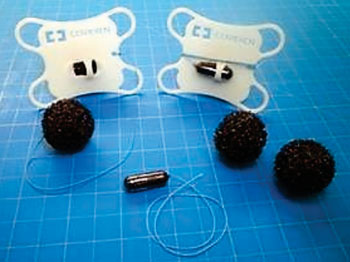
Image: The Cytosponge, a well-tolerated and effective means to sample the lining of the esophagus (Photo courtesy of the University of North Carolina).
A ‘sponge on a string’ pill or Cytosponge test can identify which people with a condition called Barrett’s esophagus who have a low risk of developing esophageal cancer, sparing them uncomfortable endoscopies.
Barrett's esophagus predisposes to adenocarcinoma, however, most patients with Barrett's esophagus will not progress and endoscopic surveillance is invasive, expensive, and fraught by issues of sampling bias and the subjective assessment of dysplasia.
A large team of scientists led by those at University of Cambridge (Cambridge, UK) conducted a multicenter cohort study; patients with Barrett's esophagus underwent the Cytosponge test before their surveillance endoscopy. They collected clinical and demographic data and tested Cytosponge samples for a molecular biomarker panel including three protein biomarkers (P53, c-Myc, and Aurora kinase A), two methylation markers Myogenic Differentiation 1(MYOD1) and Runt-related transcription factor 3 (RUNX3), glandular atypia, and tumor protein 53(TP53) mutation status.
The discovery cohort consisted of 468 patients with Barrett's esophagus and intestinal metaplasia. Of these, 376 had no dysplasia and 22 had high-grade dysplasia or intramucosal adenocarcinoma. In the discovery cohort, a model with high classification accuracy consisted of glandular atypia, P53 abnormality, and Aurora kinase A positivity, and the interaction of age, waist-to-hip ratio, and length of the Barrett's esophagus segment.
In the validation cohort of 65 patients, 51 were non-dysplastic and 14 had high-grade dysplasia. In this cohort, 25 (38%) of 65 patients were classified as being low-risk, and the probability of being non-dysplastic was 96.0%. The moderate-risk group comprised 27 non-dysplastic and eight high-grade dysplasia cases, whereas the high-risk group, which was 8% of the cohort had no non-dysplastic cases and five patients with high-grade dysplasia.
The authors concluded that a combination of biomarker assays from a single Cytosponge sample can be used to determine a group of patients at low risk of progression, for whom endoscopy could be avoided. This strategy could help to avoid over diagnosis and overtreatment in patients with Barrett's esophagus. Rebecca Fitzgerald MD, a professor and lead investigator, said, “Most people who have Barrett's esophagus will not go on to develop esophageal cancer, but at the moment there is no way of identifying who will and who won't. Our study is the first step in using the Cytosponge to answer this question.” The study was published on November 10, 2016, in the journal The Lancet Gastroenterology & Hepatology.
Related Links:
University of Cambridge
Barrett's esophagus predisposes to adenocarcinoma, however, most patients with Barrett's esophagus will not progress and endoscopic surveillance is invasive, expensive, and fraught by issues of sampling bias and the subjective assessment of dysplasia.
A large team of scientists led by those at University of Cambridge (Cambridge, UK) conducted a multicenter cohort study; patients with Barrett's esophagus underwent the Cytosponge test before their surveillance endoscopy. They collected clinical and demographic data and tested Cytosponge samples for a molecular biomarker panel including three protein biomarkers (P53, c-Myc, and Aurora kinase A), two methylation markers Myogenic Differentiation 1(MYOD1) and Runt-related transcription factor 3 (RUNX3), glandular atypia, and tumor protein 53(TP53) mutation status.
The discovery cohort consisted of 468 patients with Barrett's esophagus and intestinal metaplasia. Of these, 376 had no dysplasia and 22 had high-grade dysplasia or intramucosal adenocarcinoma. In the discovery cohort, a model with high classification accuracy consisted of glandular atypia, P53 abnormality, and Aurora kinase A positivity, and the interaction of age, waist-to-hip ratio, and length of the Barrett's esophagus segment.
In the validation cohort of 65 patients, 51 were non-dysplastic and 14 had high-grade dysplasia. In this cohort, 25 (38%) of 65 patients were classified as being low-risk, and the probability of being non-dysplastic was 96.0%. The moderate-risk group comprised 27 non-dysplastic and eight high-grade dysplasia cases, whereas the high-risk group, which was 8% of the cohort had no non-dysplastic cases and five patients with high-grade dysplasia.
The authors concluded that a combination of biomarker assays from a single Cytosponge sample can be used to determine a group of patients at low risk of progression, for whom endoscopy could be avoided. This strategy could help to avoid over diagnosis and overtreatment in patients with Barrett's esophagus. Rebecca Fitzgerald MD, a professor and lead investigator, said, “Most people who have Barrett's esophagus will not go on to develop esophageal cancer, but at the moment there is no way of identifying who will and who won't. Our study is the first step in using the Cytosponge to answer this question.” The study was published on November 10, 2016, in the journal The Lancet Gastroenterology & Hepatology.
Related Links:
University of Cambridge
Latest Pathology News
- Sensitive and Specific DUB Enzyme Assay Kits Require Minimal Setup Without Substrate Preparation
- World’s First AI Model for Thyroid Cancer Diagnosis Achieves Over 90% Accuracy
- Breakthrough Diagnostic Approach to Significantly Improve TB Detection
- Rapid, Ultra-Sensitive, PCR-Free Detection Method Makes Genetic Analysis More Accessible
- Spit Test More Accurate at Identifying Future Prostate Cancer Risk
- DNA Nanotechnology Boosts Sensitivity of Test Strips
- Novel UV and Machine Learning-Aided Method Detects Microbial Contamination in Cell Cultures
- New Error-Corrected Method to Help Detect Cancer from Blood Samples Alone
- "Metal Detector" Algorithm Hunts Down Vulnerable Tumors
- Novel Technique Uses ‘Sugar’ Signatures to Identify and Classify Pancreatic Cancer Cell Subtypes
- Advanced Imaging Reveals Mechanisms Causing Autoimmune Disease
- AI Model Effectively Predicts Patient Outcomes in Common Lung Cancer Type
- AI Model Predicts Patient Response to Bladder Cancer Treatment
- New Laser-Based Method to Accelerate Cancer Diagnosis
- New AI Model Predicts Gene Variants’ Effects on Specific Diseases
- Powerful AI Tool Diagnoses Coeliac Disease from Biopsy Images with Over 97% Accuracy
Channels
Clinical Chemistry
view channel
‘Brilliantly Luminous’ Nanoscale Chemical Tool to Improve Disease Detection
Thousands of commercially available glowing molecules known as fluorophores are commonly used in medical imaging, disease detection, biomarker tagging, and chemical analysis. They are also integral in... Read more
Low-Cost Portable Screening Test to Transform Kidney Disease Detection
Millions of individuals suffer from kidney disease, which often remains undiagnosed until it has reached a critical stage. This silent epidemic not only diminishes the quality of life for those affected... Read more
New Method Uses Pulsed Infrared Light to Find Cancer's 'Fingerprints' In Blood Plasma
Cancer diagnoses have traditionally relied on invasive or time-consuming procedures like tissue biopsies. Now, new research published in ACS Central Science introduces a method that utilizes pulsed infrared... Read moreMolecular Diagnostics
view channel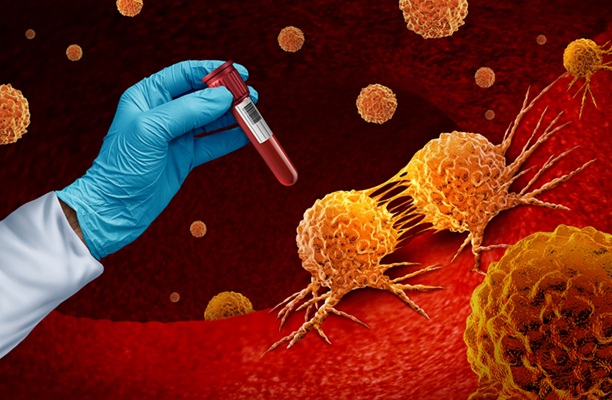
Revolutionary Blood Test Detects 30 Different Types of Cancers with 98% Accuracy
With cancer expected to become the leading cause of global mortality by 2030, early detection remains the most effective strategy to reduce death rates. Current screening methods only cover five types... Read more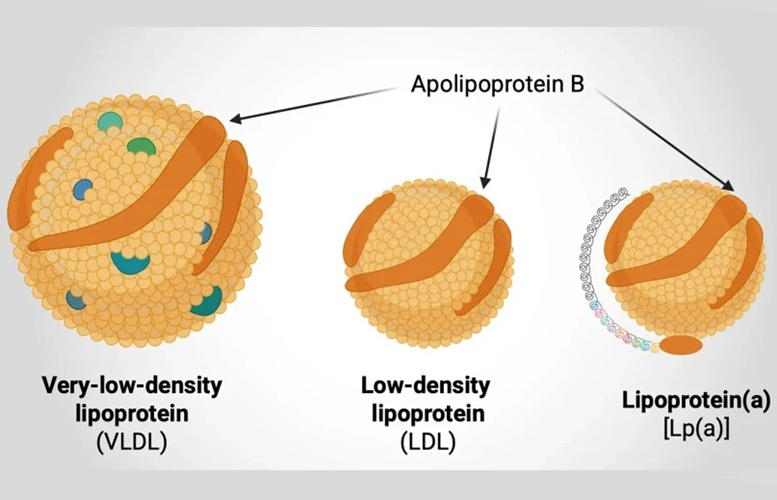
Simple Blood Test Better Predicts Heart Disease Risk
Cardiovascular diseases (CVDs) are the primary cause of death worldwide. A large proportion of these cases could be prevented by addressing lifestyle and environmental factors such as smoking, poor diet,... Read moreHematology
view channel
New Scoring System Predicts Risk of Developing Cancer from Common Blood Disorder
Clonal cytopenia of undetermined significance (CCUS) is a blood disorder commonly found in older adults, characterized by mutations in blood cells and a low blood count, but without any obvious cause or... Read more
Non-Invasive Prenatal Test for Fetal RhD Status Demonstrates 100% Accuracy
In the United States, approximately 15% of pregnant individuals are RhD-negative. However, in about 40% of these cases, the fetus is also RhD-negative, making the administration of RhoGAM unnecessary.... Read moreImmunology
view channel
Stem Cell Test Predicts Treatment Outcome for Patients with Platinum-Resistant Ovarian Cancer
Epithelial ovarian cancer frequently responds to chemotherapy initially, but eventually, the tumor develops resistance to the therapy, leading to regrowth. This resistance is partially due to the activation... Read more
Machine Learning-Enabled Blood Test Predicts Immunotherapy Response in Lymphoma Patients
Chimeric antigen receptor (CAR) T-cell therapy has emerged as one of the most promising recent developments in the treatment of blood cancers. However, over half of non-Hodgkin lymphoma (NHL) patients... Read moreMicrobiology
view channel
Handheld Device Delivers Low-Cost TB Results in Less Than One Hour
Tuberculosis (TB) remains the deadliest infectious disease globally, affecting an estimated 10 million people annually. In 2021, about 4.2 million TB cases went undiagnosed or unreported, mainly due to... Read more
New AI-Based Method Improves Diagnosis of Drug-Resistant Infections
Drug-resistant infections, particularly those caused by deadly bacteria like tuberculosis and staphylococcus, are rapidly emerging as a global health emergency. These infections are more difficult to treat,... Read more
Breakthrough Diagnostic Technology Identifies Bacterial Infections with Almost 100% Accuracy within Three Hours
Rapid and precise identification of pathogenic microbes in patient samples is essential for the effective treatment of acute infectious diseases, such as sepsis. The fluorescence in situ hybridization... Read moreTechnology
view channel
Disposable Microchip Technology Could Selectively Detect HIV in Whole Blood Samples
As of the end of 2023, approximately 40 million people globally were living with HIV, and around 630,000 individuals died from AIDS-related illnesses that same year. Despite a substantial decline in deaths... Read more
Pain-On-A-Chip Microfluidic Device Determines Types of Chronic Pain from Blood Samples
Chronic pain is a widespread condition that remains difficult to manage, and existing clinical methods for its treatment rely largely on self-reporting, which can be subjective and especially problematic... Read more
Innovative, Label-Free Ratiometric Fluorosensor Enables More Sensitive Viral RNA Detection
Viruses present a major global health risk, as demonstrated by recent pandemics, making early detection and identification essential for preventing new outbreaks. While traditional detection methods are... Read moreIndustry
view channel
Cepheid and Oxford Nanopore Technologies Partner on Advancing Automated Sequencing-Based Solutions
Cepheid (Sunnyvale, CA, USA), a leading molecular diagnostics company, and Oxford Nanopore Technologies (Oxford, UK), the company behind a new generation of sequencing-based molecular analysis technologies,... Read more
Grifols and Tecan’s IBL Collaborate on Advanced Biomarker Panels
Grifols (Barcelona, Spain), one of the world’s leading producers of plasma-derived medicines and innovative diagnostic solutions, is expanding its offer in clinical diagnostics through a strategic partnership... Read more




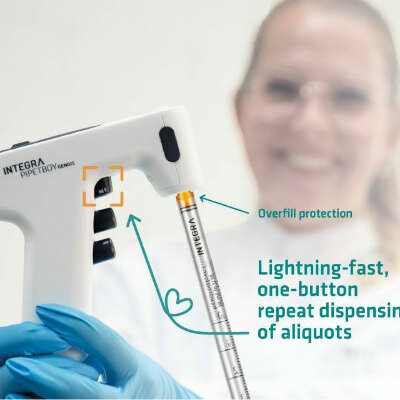


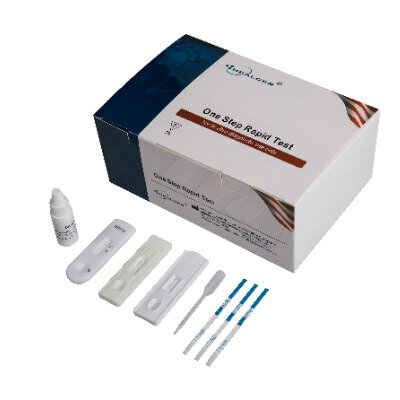

 Assay.jpg)











